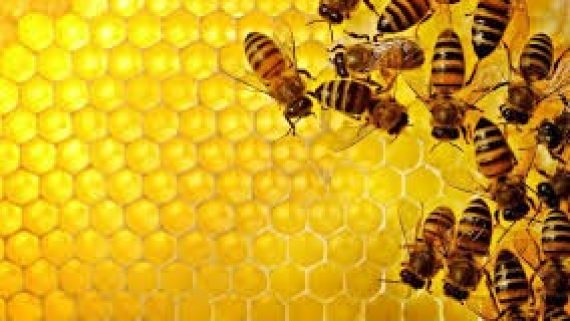Honeybees are an amazing and highly beneficial insect species that quite literally underpin the sustenance of life as we know it on planet earth. As it turns out, modern agriculture techniques that involve spraying crops with untold tons of toxic chemicals are also killing the world’s soils, which in turn are killing off the bees that feed on the plants that grow in these soils. It is a highly destructive cycle of death that could one day make it virtually impossible to grow enough food to sustain life. “The bees are trying to tell us something very clearly.” WHAT IS APICULTURE? – Apiculture is the practice of rearing for the procurement of honey produced by them and is also called beekeeping. There are about 20,000 kinds of bees, all belonging to the insect order Hymenoptera, of them, three families of social bees are honey producing. They are bombidae, meliponidae and apidae, among them apidae is the main honey producing family. They are, rock bee, Apisdorsata (good honey gathers with an average yield of 50-80 kg/colony), European bee, Apismellifera (average production/colony is 25-40 kg), Indian bee, Apiscerana indica(average honey yield of 6-8 kg/colony, little bee, Apisflorea (yield about 200-900 g of honey /colony), stingless bee, Trigonairridipennis (produce 400-600 g honey/colony) and bumble bee
June 27, 2017
Posted in Apiculture


